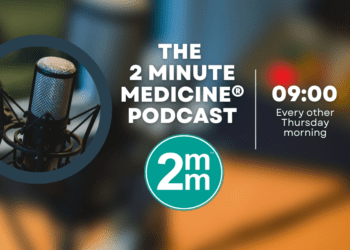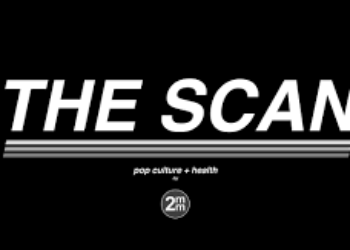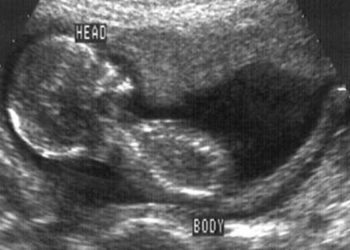Focal cytoarchitectural abnormalities in the brains of children with autism
Image: PD
1. Neuronal disorganization and abnormal laminar cytoarchitecture were identified in prefrontal and temporal cortices of children with autism.
2. These abnormalities, as detected by colorimetric RNA in-situ hybridization, were highly heterogeneous with respect to the layers and the cell types affected.
Study Rundown: Autism typically manifests in early childhood as abnormalities in social, behavioral, and communication skills. With no known cure, autism remains a significant challenge for the affected patients and their caregivers. The progress on finding an effective treatment is hindered by a lack of understanding on the molecular, cellular, and organizational anomalies in an affected brain. One hypothesis is that abnormal development of the laminar structures of the brain may be to blame. To test this hypothesis, Courchesne and colleagues mapped the expression patterns of autism-related genes in the postmortem brains of children with autism. The investigators were able to identify focal patches of abnormal laminar patterns in 10 of the 11 brains from children with autism. The study created the first three-dimensional model visualizing brain locations where the normal cell-layering pattern had failed to develop, but was limited by the small sample size (N=11). Similar studies involving more patients may help shed light on how such anomalies develop.
The study was funded by the Simons Foundation and others.
Click to read the study, published today in NEJM
Relevant Reading: Age-dependent brain gene expression and copy number anomalies in autism suggest distinct pathological processes at young versus mature ages
Study Author, Dr. Eric Courchesne, PhD, talks to 2 Minute Medicine: Professor of Neurosciences, Director of the Autism Center of Excellence, University of California San Diego.
“Building a baby’s brain during pregnancy involves creating a cortex that contains six layers, we discovered focal patches of disrupted development of these cortical layers in the majority of children with autism.”
The finding that these defects occur in patches rather than across the entirety of cortex gives hope as well as insight about the nature of autism.”
In-Depth: This study mapped the molecular and cellular microstructures of brain neocortices from 11 children with autism (case samples) and 11 unaffected children (control samples). The samples were obtained postmortem. The mapping was performed with standardized colorimetric RNA in-situ hybridization, which measured the expression patterns of 25 genes thought to be related to autism. The expression patterns from the case samples were compared to those of the control samples and scored for abnormality by two investigators independently.
Abnormal laminar expression patterns were found in 10 of 11 case samples, as demonstrated by focal patches of reduced or unusual patterns of expression (86% interrater concordance for detection, 75% agreement on severity). These patches measured 5 to 7 mm in length. There was a high degree of heterogeneity with respect to the most affected layers and cell types. No two patches were identical in presentation, although the most robust indicator of a patch was a deficit in the expression of markers for excitatory cortical neurons. Most interneuron markers (e.g., PVALB and CALB1) showed mild abnormalities. However, interneuron marker abnormalities were inconsistent across case samples. Finally, a post hoc blinded stereologic density measurement identified a small but significant increase in average neuronal density in the patches of case samples compared to the control samples (P=0.01).
More from this author: Bapineuzumab does not improve clinical outcomes in Alzheimer’s disease, New interferon-free regimen effective in chronic HCV genotype 1 infection, Tight glycemic control in pediatric ICU does not reduce mortality, Multi-institutional study finds increased thrombosis in HeartMate II LVADs, Quadrivalent influenza vaccine efficacious in children
©2012-2014 2minutemedicine.com. All rights reserved. No works may be reproduced without expressed written consent from 2minutemedicine.com. Disclaimer: We present factual information directly from peer reviewed medical journals. No post should be construed as medical advice and is not intended as such by the authors, editors, staff or by 2minutemedicine.com. PLEASE SEE A HEALTHCARE PROVIDER IN YOUR AREA IF YOU SEEK MEDICAL ADVICE OF ANY SORT.







